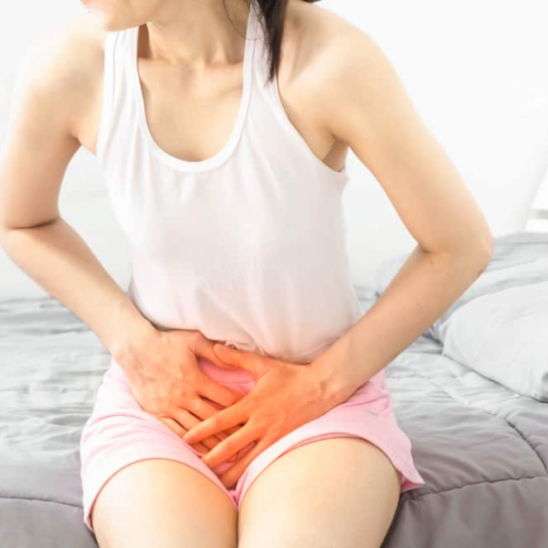Get Yeast Infection Treatment Online Today- Talk to an Online Doctor What is Yeast Infection?
Candida is a specific type of yeast that causes yeast infections. The human body contains candida, which multiplies and overgrows and causes vaginal yeast infections.
When this yeast is balanced in the body, there are no issues. However, when out of balance, it grows rapidly and can cause a yeast infection. Get yeast infection treatment online today.
A yeast infection is not a sexually transmitted infection (STI), even though it has similar symptoms to some STDs and urinary tract infections. This infection is a common type of vaginitis called vaginal candidiasis or vulvovaginal candidiasis.
Up to 75% of women will have a yeast infection at least once. Yeast infection is the second most reported vaginal infection, with bacterial vaginosis leading the pack.





 19 Oct 2024
19 Oct 2024